I'm an interior designer – these are the easiest ways I use color to make a room look bigger
Designer Rayman Boozer, known as the 'go to designer for color consulting', offers up his simple hacks for choosing colors and techniques that will make a room look larger

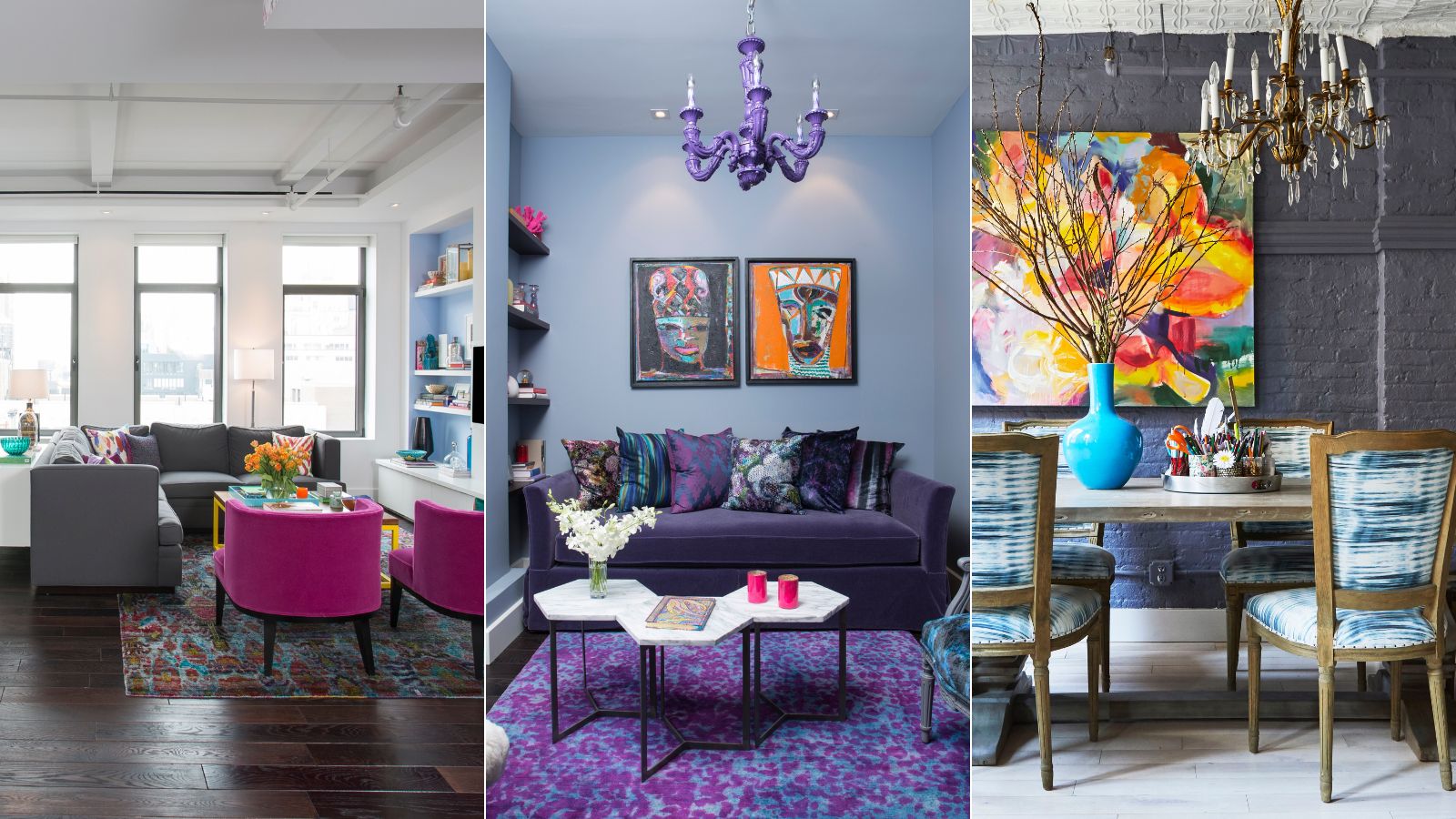
As the founder of Apartment 48, a design studio dedicated to transforming living spaces into havens of beauty and functionality, I've learned that the art of interior design goes far beyond just aesthetics.
It's about creating environments that truly enhance our lives, making us feel comfortable, inspired, and at ease. One of the most intriguing challenges in the world of interior design is making small rooms look bigger, and there's no magic wand for that.
However, there's a powerful tool in our arsenal: color. Let's explore how clever color ideas can trick the eye and make your compact living spaces seem infinitely more spacious.
How to use color to make a room look bigger
If you've ever wanted to experience the sensation of a room that seemingly has no boundaries, this color technique is your ticket. The key idea here is to blur the lines between the walls and ceiling, essentially erasing the perception of corners and edges. This optical illusion can create an expansive sense of openness, even in the most modestly sized rooms.
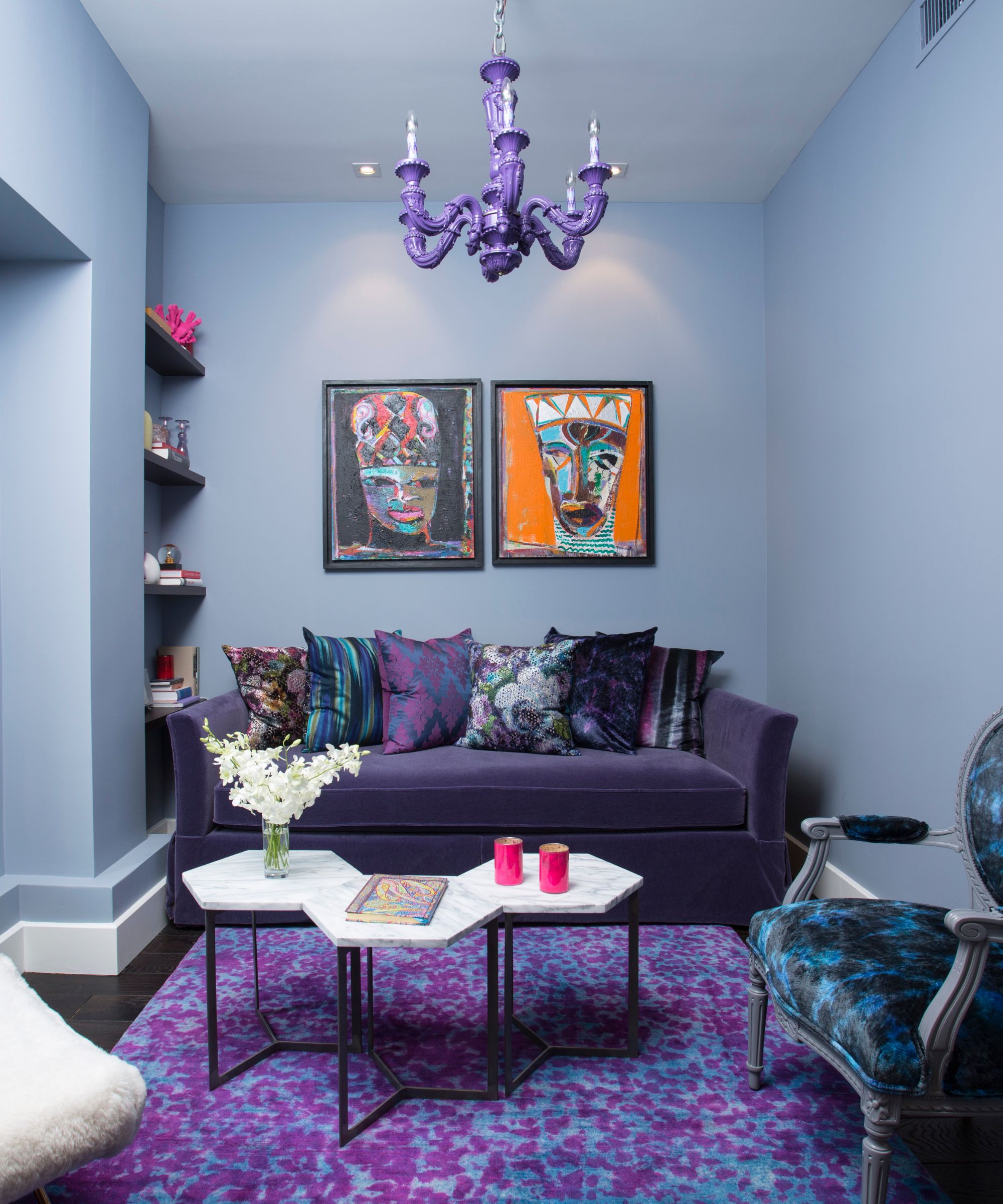
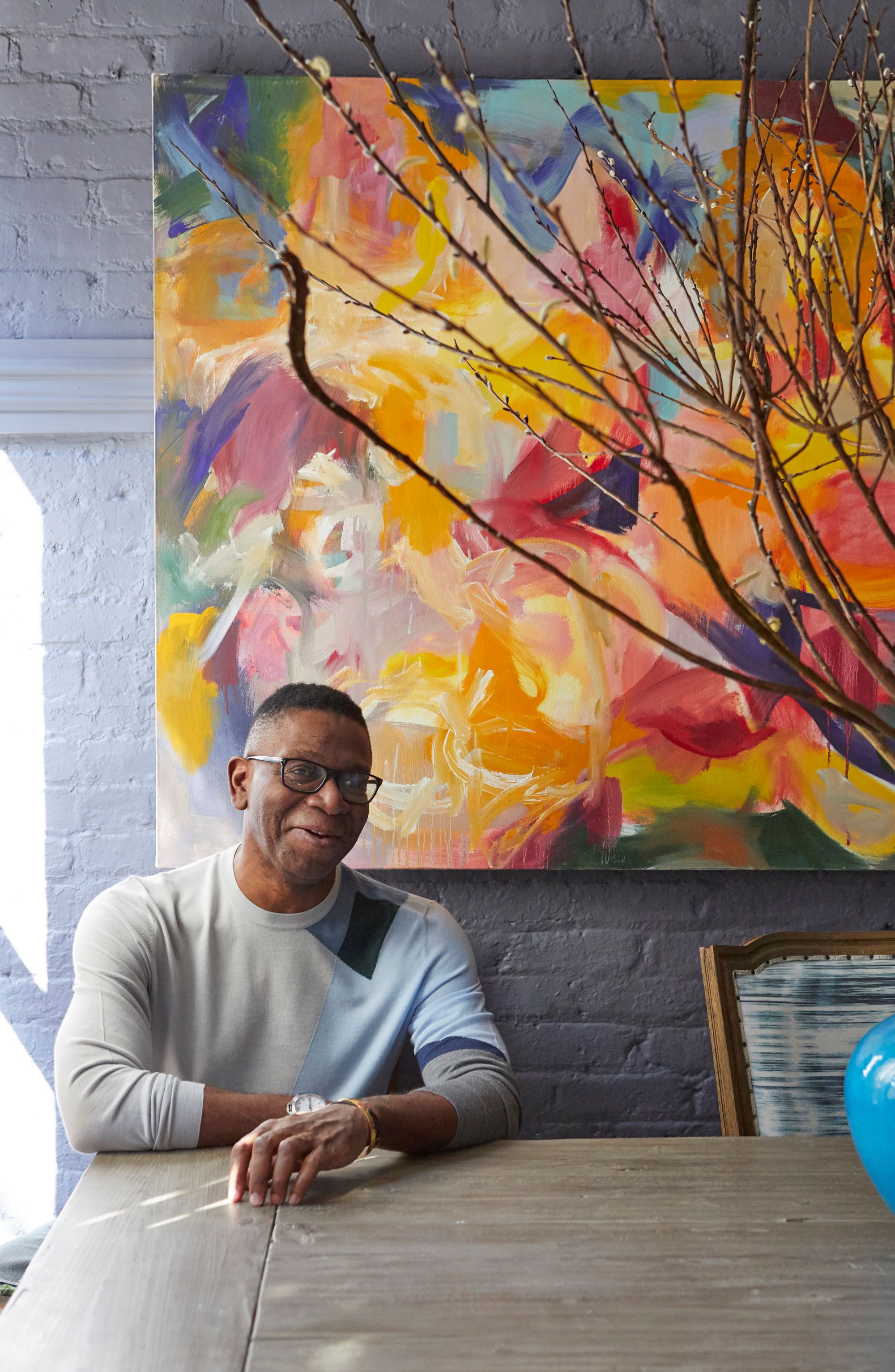
Rayman Boozer is the founder of Apartment 48. He has been dubbed the “go to designer for color consulting.” Over the years Apartment 48 has embraced that distinction - specializing in combining vibrant colors, exotic materials, and contemporary furnishings to create spaces that feel optimistic, relaxed, and effortless.
When you choose to paint the walls and the ceiling in the same color, the space becomes visually seamless. The continuity of color removes the stark contrast between vertical and horizontal surfaces, making the room appear larger and more cohesive. Decorating with neutrals and lighter hues works exceptionally well for this purpose, as they reflect more light and give the impression of airiness.
Remember, though, that you're not limited to pale hues. Bold colors can also work wonders, but use them strategically. Darker shades can create a cozy, intimate atmosphere when paired with ample lighting, providing depth without making the room feel cramped.
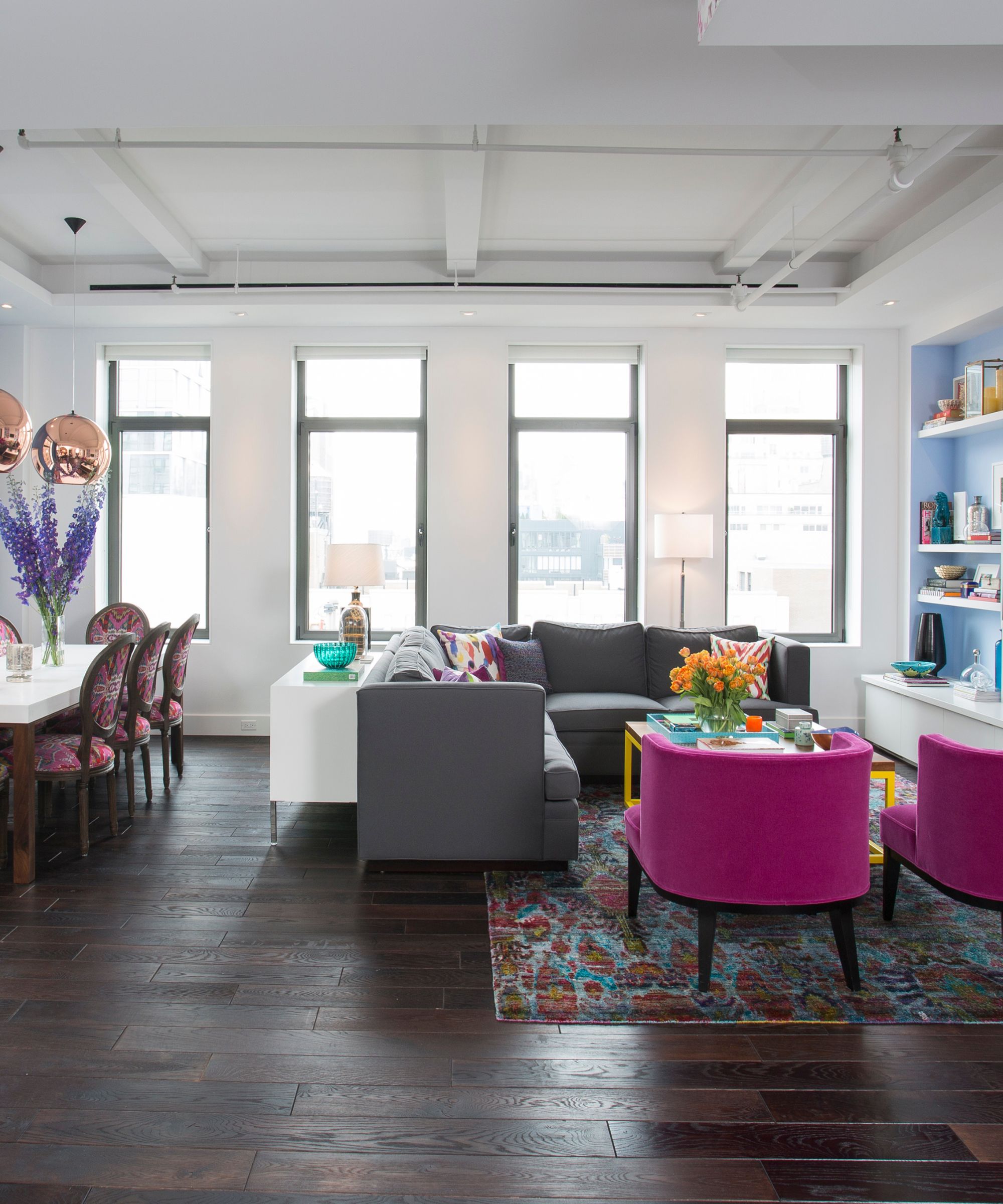
The concept of using rugs to enhance a room's décor is well-established, but the size and color of your rug can be game-changers when you're striving to create the illusion of a larger space. To make a small room feel more spacious, choose a rug that is large enough to anchor the furniture in the space, ensuring that all key pieces are placed on the rug or at least touching it. This choice provides a sense of cohesion, visually expanding the footprint of your room.
Design expertise in your inbox – from inspiring decorating ideas and beautiful celebrity homes to practical gardening advice and shopping round-ups.
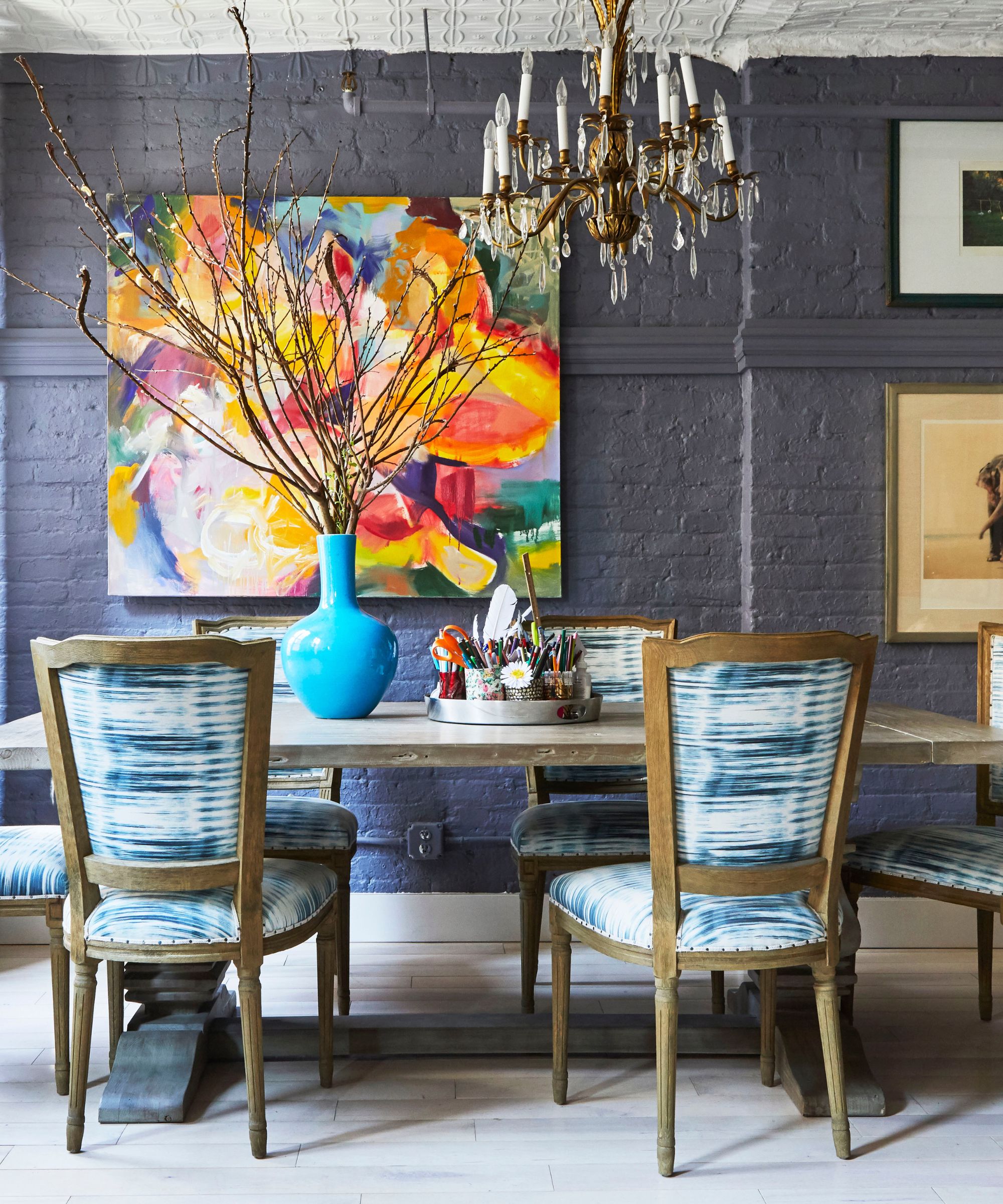
Color, too, plays an integral role in the rug's impact on the perception of space. Light-colored rugs, such as soft blues, muted greens, or neutral creams, can make a room feel airy and open. These hues reflect more light and contribute to an overall sense of expansiveness. A light-colored rug under a dining table or a coffee table can serve as a reflective canvas that bounces light throughout the room, brightening it up and giving the impression of more space.
Alternatively, if you wish to create a cozier atmosphere, darker or more vibrant rugs can be your ally. These rugs, when used with a discerning eye, can define different areas within a single room and add depth. They're especially effective when you have an open-concept layout, allowing you to distinguish between the living, dining, and workspace while maintaining an interconnected feel.
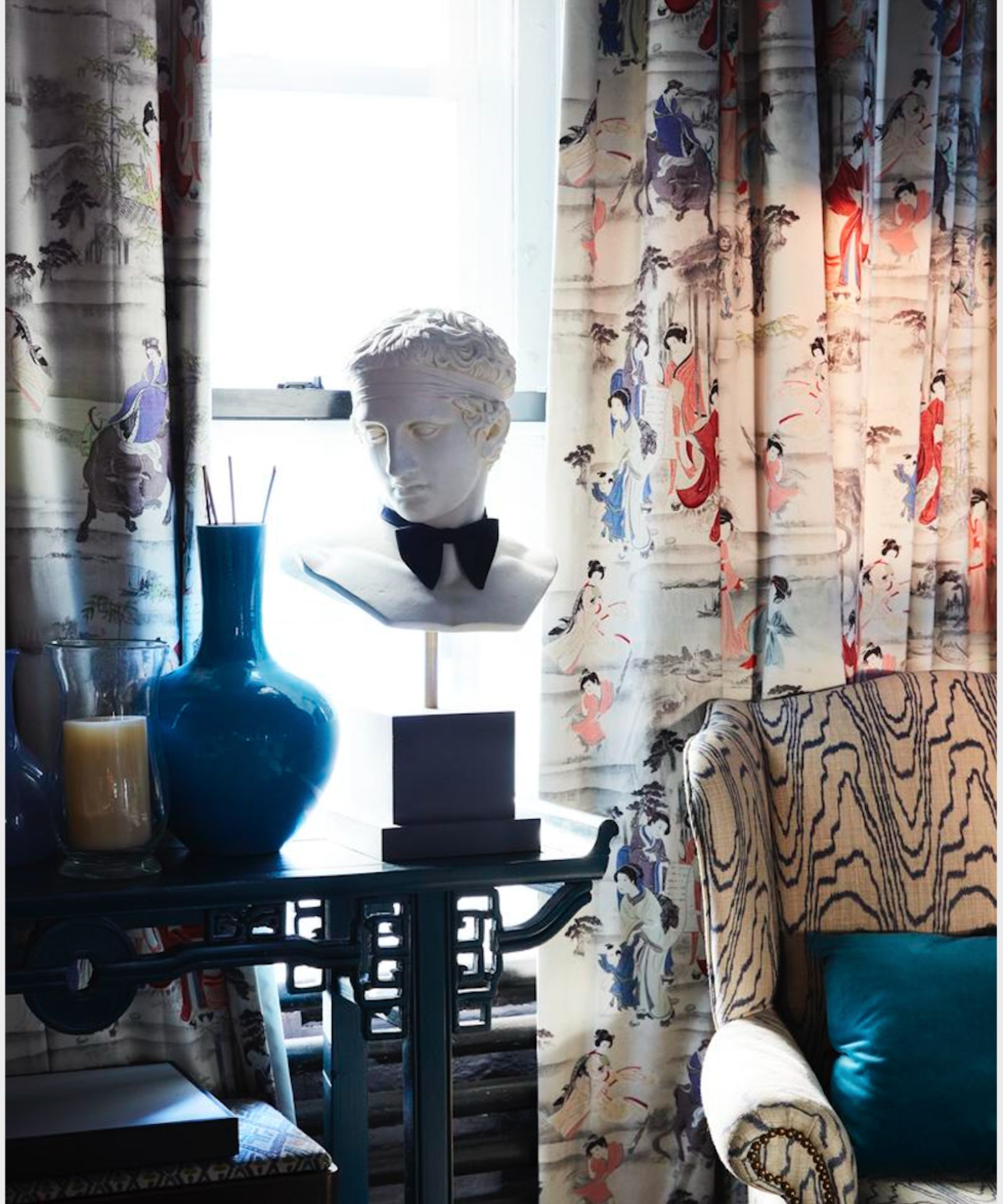
In conclusion, small spaces can be just as inviting and functional as larger ones when approached with thoughtful design choices. By harmonizing wall and ceiling colors and carefully selecting the right rug, you can transform even the most compact rooms into inviting retreats that embrace and inspire.
Color isn't just about aesthetics; it's a powerful tool that can shape the way we perceive and experience our living spaces. So, go ahead and paint those walls and ceilings in harmony, and invest in a rug that makes a statement—your small room will thank you with a newfound sense of spaciousness and charm.

Rayman Boozer, principal designer at Apartment 48, has always had an eye for design. As a child, he would spend his free time rearranging his room, experimenting with different color combinations, and incorporating unique pieces to create a space that felt uniquely his own. As he grew older, Rayman's love for design intensified, and he decided to pursue it as a career. With a bachelor's degree from Indiana University, Rayman Boozer moved to New York and opened a home furnishings store in Chelsea called Apartment 48, one of the first lived-in, shoppable experiences.